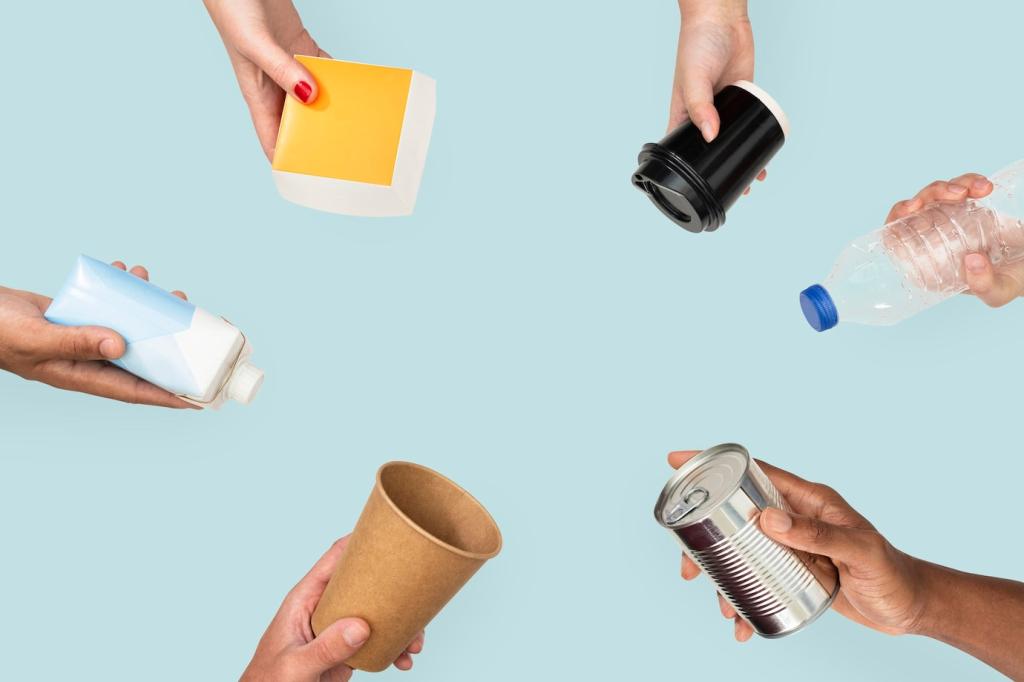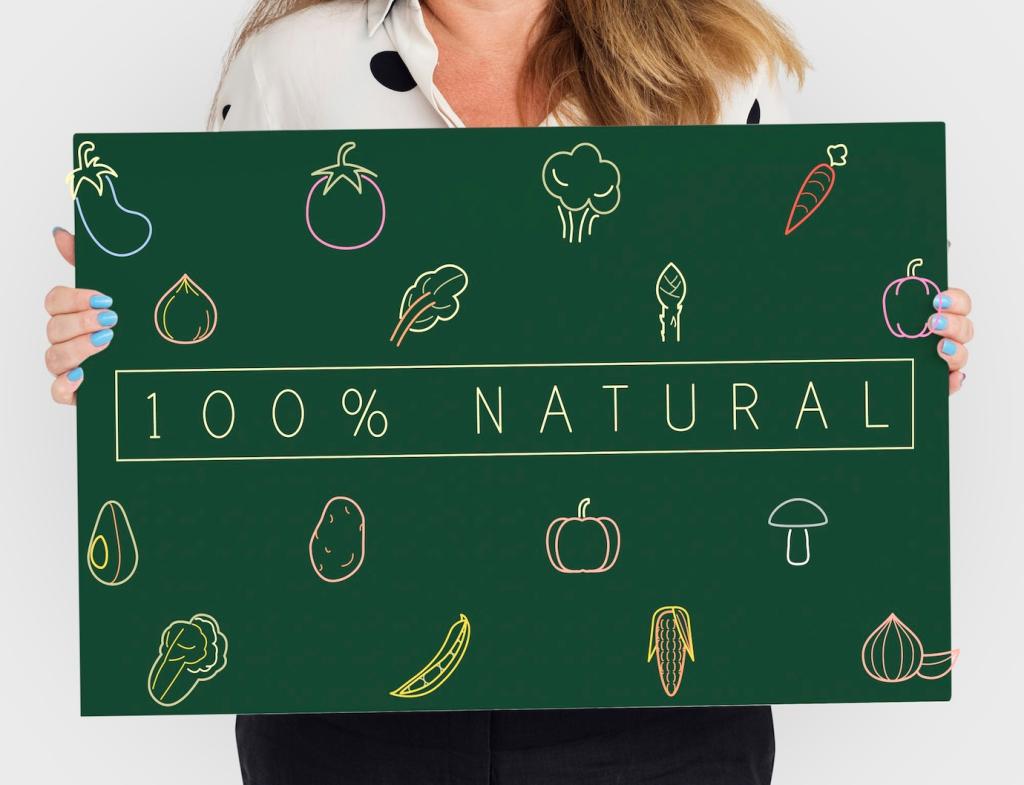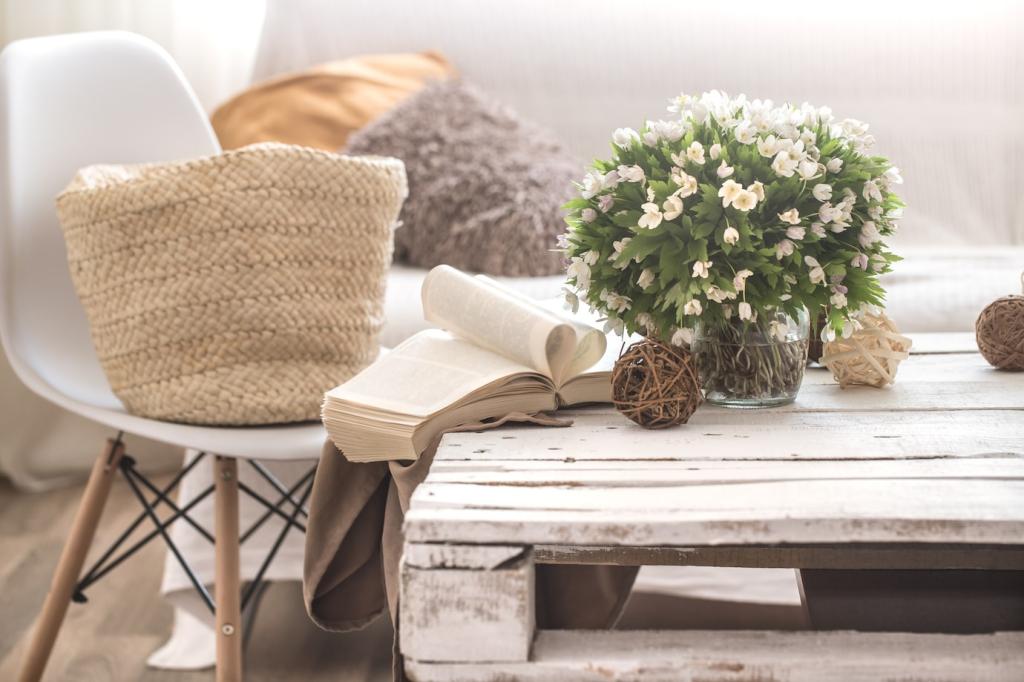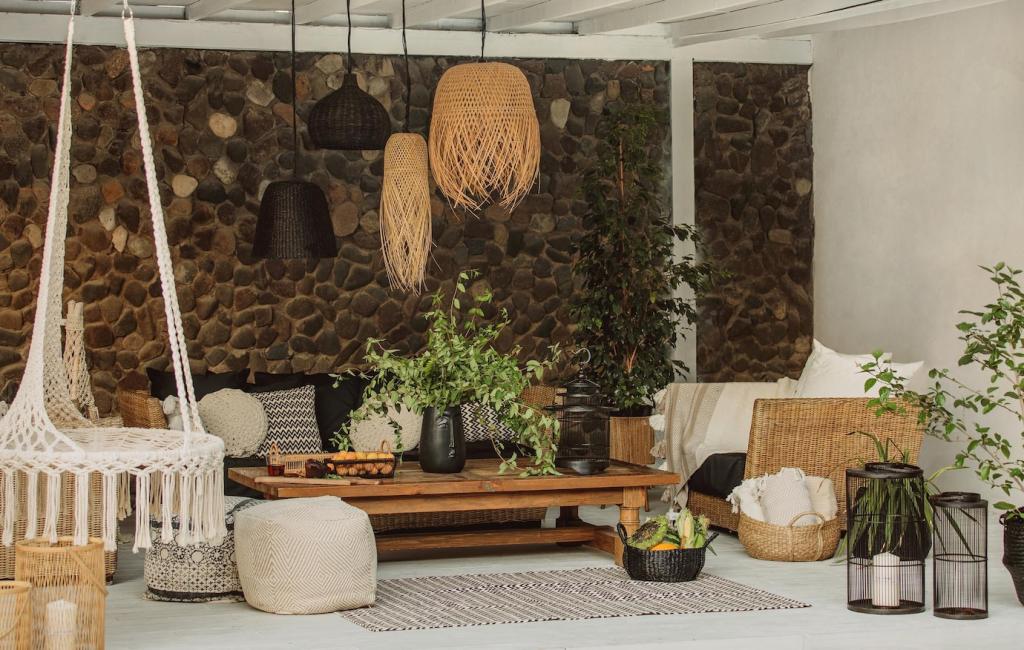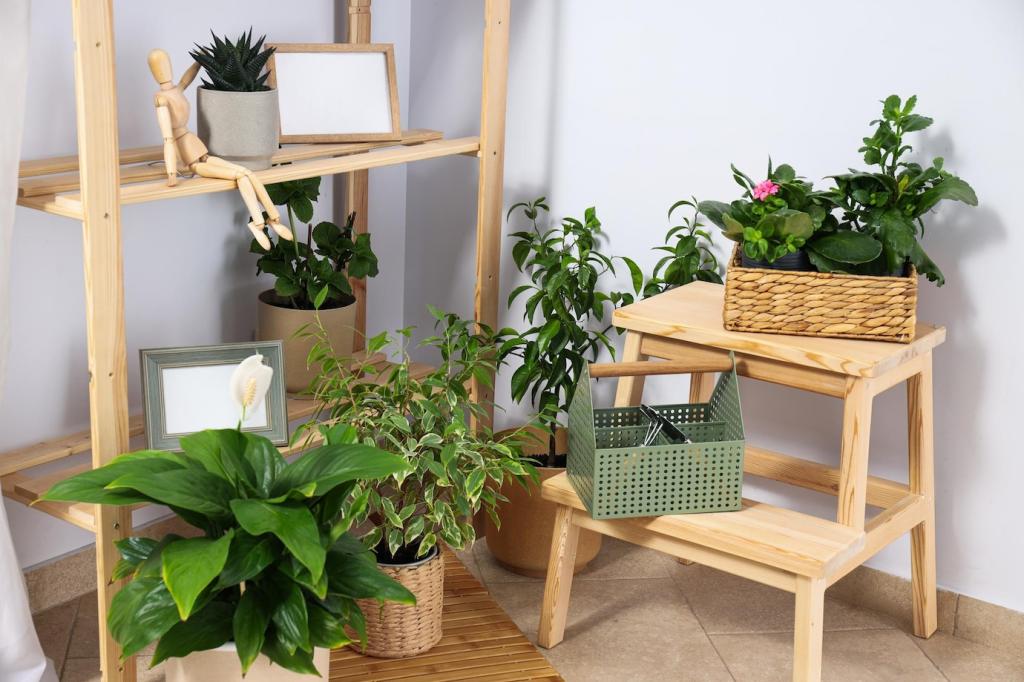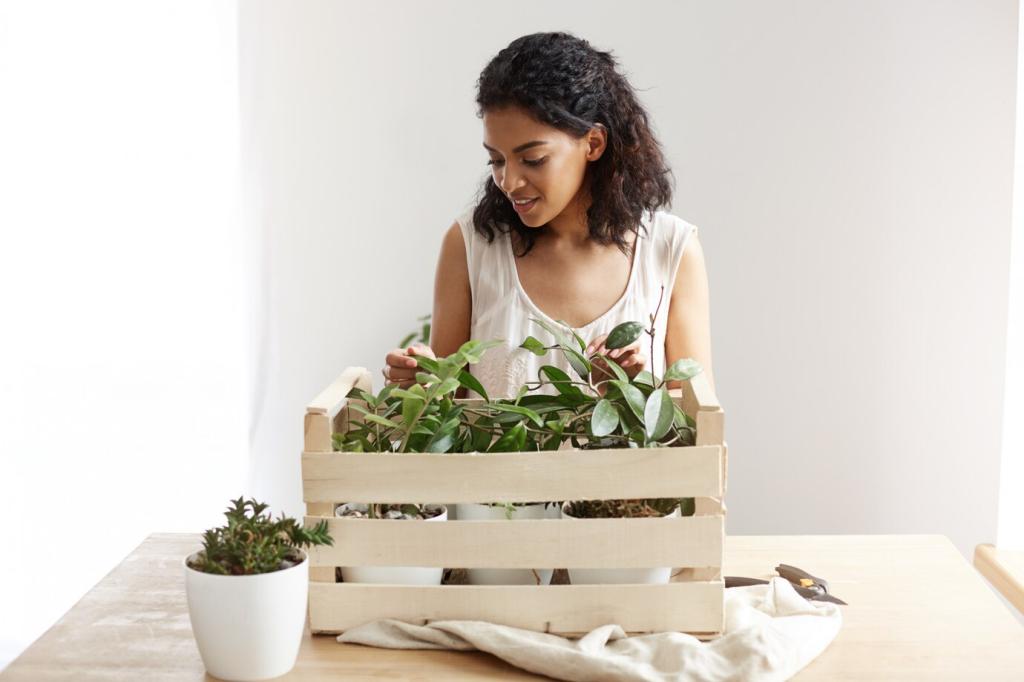What Makes a Fabric Truly Eco-friendly?
Look for GOTS for organic fibers, OEKO-TEX MADE IN GREEN for tested safety and traceability, and Cradle to Cradle for circular design. These labels do not replace common sense, but they help filter greenwash and point you toward fabrics produced with responsible chemistry and worker welfare.
What Makes a Fabric Truly Eco-friendly?
Organic cotton, linen, and hemp demand less irrigation and fewer pesticides than many conventional crops, while recycled polyester diverts plastic from landfills. Responsibly sourced wool and TENCEL lyocell also shine, thanks to closed-loop processes and regenerative grazing. Tell us which fibers you prefer and why.



